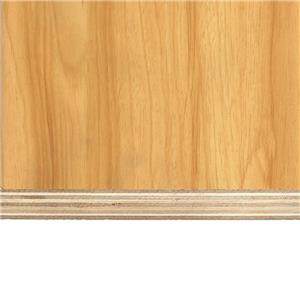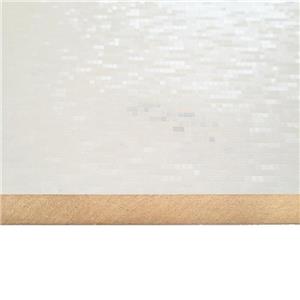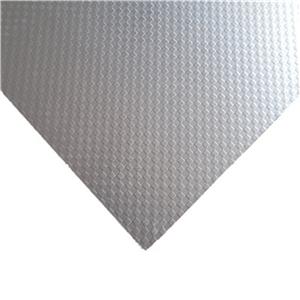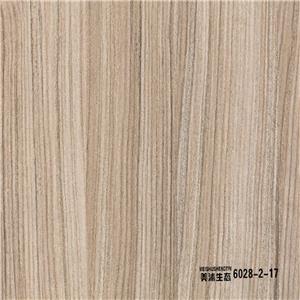Finnish timber prices continue to fall as trade volumes decline
The downward trend in Finnish timber prices continued in September, with standing sales prices for spruce and pine logs falling by 4 per cent, and a similar decline in pulpwood prices. Notably, birch log prices remained stable during this period.
The decline in timber prices is part of a larger trend, as the volume of timber traded since June is down by about one-third compared to last year. However, the strong start to the year has resulted in a higher total volume of timber trade from January to September than in previous years.
According to Lukas (Finnish Natural Resources Institute), the average standing sales price for spruce logs in September was €71.3 per cubic metre, while pine logs averaged €67.1 per cubic metre. These figures were 4 per cent lower than in August and 5 per cent lower than last year's full-year average prices (adjusted for inflation).
At €59.1 per cubic metre, the birch log price was unchanged from August, but significantly higher by 15 per cent compared to last year's annual average.
Standing sales prices for pulpwood were lower, down 4-5 per cent on the previous month. Nevertheless, prices were still 15-23 per cent above the previous year's average. The average prices for spruce, birch and pine pulpwood in September were EUR 26.6, EUR 25.4 and EUR 24.4 per cubic metre respectively.
In delivered sales, average pulpwood prices were slightly lower than in August, ranging from €45 to €47 per cubic metre. It is worth noting that these prices are 18-20 per cent higher than the average for the whole of last year.
Luke reported that the volume of industrial logs purchased from private forests in September was 32 per cent lower than the previous year and 28 per cent below the average for the previous five years. However, cumulative timber trade volumes from January to September were 10 per cent higher than the same period last year and 5 per cent higher than the previous five-year average. Specifically, trade in logs increased by 7 per cent and trade in pulpwood by 2 per cent compared with the previous five years.




